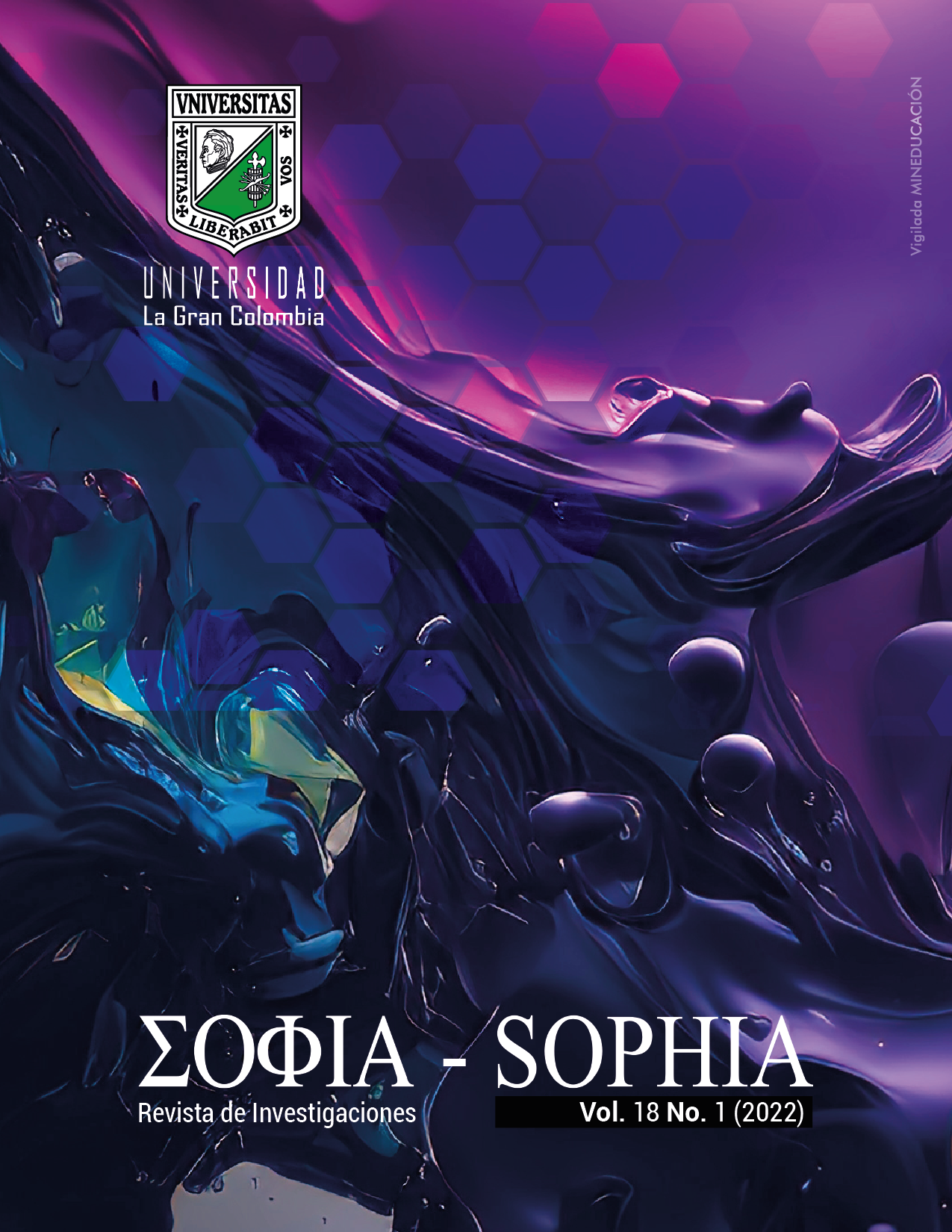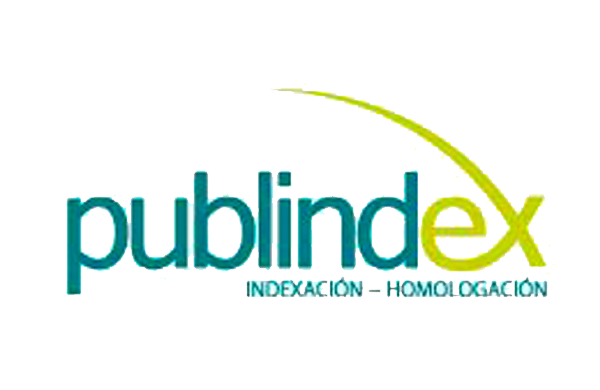Video calls in high school during confinement by COVID-19
Abstract
A study is presented with a duration of nine months in Mexican high schools. The research aimed to understand how video calls contributed to educating high school students throughout the period of confinement by SARS-CoV-2 in the year 2020. A qualitative approach methodology was followed, with a Constructivist Grounded Theory design. The results of the analysis procedure led to theorize about different processes carried out, showing not only positive but also negative particularities. Video calls contributed effectively to the educational experience of adolescentes, because teaching strategies were encouraged to promote both meaningful learning and the development of competences; additionally, for the most part, the pedagogues put humanism into action through a synchronous interaction between students and teachers, associated with positive emotions reflected in the feelings of the teenagers. However, at the same time, aspects were discovered which had a negative impact, the main ones were socioeconomic, health, and technical difficulties.Downloads
References
Anzelin, I., & Marín-Gutiérrez, A. (2020). Relación entre la emoción y los procesos de enseñanza aprendizaje. Sophia, 16(1), 48-64. https://doi.org/10.18634/sophiaj.16v.1i.1007Appana, S. (2008). A review of benefits and limitations of online learning in the context of the student, the instructor, and the tenured faculty. International Journal on ELearning, 7(1), 5-22. https://www.learntechlib.org/primary/p/22909/Arias, F. G. (2012). El proyecto de investigación: Introducción a la metodología científica (sexta edición). Editorial Episteme, C.A.Arkorful, V., & Abaidoo, N. (2015). The role of e-learning, advantages and disadvantages of its adoption in higher education. International Journal of Instructional Technology and Distance Learning, 12(12), 29-42. https://www.ijern.com/journal/2014/December-2014/34.pdfAusubel, D. P., Novak, J. D., & Hanesian, H. (1976). Psicología educativa: Un punto de vista cognoscitivo. Trillas.Barberà, E., & Badia, A. (2005). El uso educativo de las aulas virtuales emergentes en la educación superoro. Revista de Universidad y Sociedad del Conocimiento, 2(2), 1-12. http://dx.doi.org/10.7238/rusc.v2i2.253Bayne, S., Knox, J., & Ross, J. (2015). Open education: the need for a critical approach. Learning, Media and Technology, 40(3), 247-250. https://doi.org/10.1080/17439884.2015.1065272Biggs, J. (2006). Calidad del aprendizaje universitario. Narcea.Brayant, A. (2017). Grounded theory and grounded theorizing: Pragmatism in research process. Oxford University Press.
Carey, T., & Trick, D. (2013). How online learning affects productivity, cost and quality in higher education: An environmental scan and review of the literature. Higher Education Quality Council of Ontario.Charmaz, K. (2006). Constructing grounded theory: A practical guide through qualitative analysis. Sage Publications.Cohen, L., Manion, L., & Morrison, K. (2018). Research methods in education (octava edición). Routledge.Corbin, J., & Strauss, A. (2015). Basics of qualitative research: Techniques and procedures for developing grounded theory (fourth edition). Sage Publications.Coverdale-Jones, T. (2000). The use of video-conferencing as a communication tool for language learning: Issues and considerations. IALL Journal of Language Learning Technologies, 32(1), 27-40. https://doi.org/10.17161/iallt.v32i1.8308Creswell, J. W. (2012). Educational research: Planning, conducting, and evaluating quantitative and qualitative Research (fourth edition). Pearson Education, Inc.Denstadli, J. M, Julsrud, T. E., & Hjorthol, R. J. (2012). Videoconferencing as a mode of communication: A comparative study of the use of videoconferencing and face-to-face meetings. Journal of Business and Technical Communication, 26(1), 65-91. https://doi.org/10.1177%2F1050651911421125Durso, G., Tomaghelli, E. R., Varela, J. N., Bustichi, G. S., & Pollicina, L. (25 de septiembre de 2020). Aprender con tecnología en época de pandemia. (Investigación presentada en forma de cartel digital). IX Jornadas Científicas de la Facultad de Odontología, XVII Jornadas para Jóvenes Investigadores y IX Jornadas para Estudiantes Integrantes de Proyectos, Universidad Nacional de La Plata. Repositorio de la UNLP. http://sedici.unlp.edu.ar/handle/10915/107875Fulk, J., Schmidtz, J., & Steinfield, C. W. (1990). A social influence model of technology use. In J. Fulk & C. W. Steinfield (Eds.), Organizations and communication technology (pp. 117-140). SAGE.García, L. (1985). Licenciados extremeños de la UNED. UNED-Mérida.García, L. (Coord.) (1997). Investigar para mejorar la calidad de la Universidad. UNED.García, L. (2017). Educación a distancia y virtual: calidad, disrupción, aprendizajes adaptativo y móvil. RIED. Revista Iberoamericana de Educación a Distancia, 20(2), 9-25. https://doi.org/10.5944/ried.20.2.18737García, L. (2018). Blended learning y la convergencia entre la educación presencial y a distancia. RIED. Revista Iberoamericana de Educación a Distancia, 21(1), 9-22. https://doi.org/10.5944/ried.21.1.19683Gagliardi, V. (2020). Desafíos educativos en tiempos de pandemia. Question; Incidentes III. Parte I: Experiencias, 1-6. https://doi.org/10.24215/16696581e312Glaser, B. G., & Strauss, A. l. (1967). The discovery of grounded theory: strategies for qualitative research. Aldine.Gros, B. (2001). Burrhus Frederic Skinner y la tecnología en la enseñanza. En T. Jaume (Coord.), El legado pedagógico del siglo XX para la escuela del siglo XXI (pp. 229-248). Editorial Graó, de IRIF, S.L. Guri-Rosenblit, S. (2009). Distance education in the digital age: Common misconceptions and challenging tasks. Journal of Distance Education (Online), 23(2), 105. https://files.eric.ed.gov/fulltext/EJ851907.pdfKaplún, M. (1998). Procesos educomunicativos y canales de comunicación. Comunicar, (11), 158-165. https://doi.org/10.3916/C11-1998-25Khun, T. S. (1962). Th estructure of scientific revolutions. Chicago: University of Chicago. Leavy, P. (2017). Research design: Quantitative, qualitative, mixed methods, arts-based, and community-based participatory research approaches. The Guildford Press
Levano-Francia, L., Sánchez, S., Guillén-Aparacio, P., Tello-Cabello, S., Herrera-Paico, N., & Collantes-Inga, Z. (2019). Competencias digitales y educación. Propósitos y representaciones, 7(2), 570-578. http://dx.doi.org/10.20511/pyr2019.v7n2.329Miguel-Román, J. A. (2020). La educación superior en tiempos de pandemia: una visión desde dentro del proceso formativo. Revista Latinoamericana De Estudios Educativos, 50(ESPECIAL), 13-40. https://doi.org/10.48102/rlee.2020.50.ESPECIAL.95Ñaupas, H., Mejía, E., Novoa, E., & Villagómez, A. (2014). Metodología de la investigación cuantitativa-cualitativa y redacción de la tesis (cuarta edición). Ediciones de la U.O’Neill, D. K., & Harris, J. B. (2004). Bridging the perspectives and developmental needs of participants in curriculum-based telementoring programs. Journal of Research on Technology in Education, 37(2), 111-128.https://doi.org/10.1080/15391523.2004.10782428Pimienta, J. H. (2012). Estrategias de enseñanza-aprendizaje: Docencia universitaria basada en competencias. Pearson Educación de México, S.A. de C.V.Potter, J. (2004). Theory of media literacy: A cognitive approach. SAGE.Robalino, D. J. (2020). Las competencias de la comunicación digital en la educación pública. Análisis del programa “Agenda Educativa Digital” [Tesis de pregado, Universidad Politécnica Salesiana]. Repositorio de la UPS. https://dspace.ups.edu.ec/handle/123456789/19465Roberts, R. (2009). Video conferencing in distance learning: A new Zealand schools’ perspective. Journal of Distance Learning, 2009, 13(1), 91–107. http://www.jofdl.nz/index.php/JOFDL/article/viewFile/40/38Sánchez, M., Martínez A. M. del P., Torres, R., Agüero, M., Hernández, A. K., Benavides, M. A., Rendón, V. J., & Jaimes, C. A. (2020). Retos educativos durante la pandemia de COVID-19: una encuesta a profesores de la UNAM. Revista Digital Universitaria, 21(3), 1-24. http://doi.org/10.22201/codeic.16076079e.2020.v21n3.a12Sanz, I., Sáinz, J., & Capilla, A. (2020). Efectos de la crisis del coronavirus en la educación superior. Organización de Estados Iberoamericanos para la Educación, la Ciencia y la Cultura (oei). https://oei.org.br/arquivos/informe-covid-19d.pdf. Severin, E. (2017). Un nuevo paradigma educativo. Revista Educación Y Ciudad, (32), 75-82. https://doi.org/10.36737/01230425.v0.n32.2017.1629Sieber, J. E. (2005). Misconceptions and realities about teaching online [Conceptos erróneos y realidades sobre la enseñanza en línea]. Science and Ethics, 11(3), 329-340. https://doi.org/10.1007/s11948-005-0002-7. Siemens, G., Gašević, D., & Dawson, S. (2015). Preparing for the digital university: A review of the history and current state of distance, blended and online learning. Athabasca University Press. https://linkresearchlab.org/PreparingDigitalUniversity.pdfSilverstone, R., & Haddon, L. (1996). Design and domestication of information and communication technologies: Technical change and everyday life. En R. Silverstone & R. Mansell (Eds.). Communication by design: The politics of information and communication technologies (pp. 45-72). Oxford University Press.Short, J. A., Williams, E., & Christie, B. (1976). The social psychology of the telecommunications. John Wiley.Slovák, P. (2007). Effect of Videoconferencing Environments on Perception of Communication. Cyberpsychology: Journal of Psychosocial Research on Cyberspace, 1(1), Article 8. https://cyberpsychology.eu/article/view/4205/3246Schwab, K. (2016). La cuarta revolución industrial. Debate.
Sun, P. C., Tsai, R. J., Finger, G., Chen, Y. Y., & Yeh, D. (2008). What drives a successful e-Learning? An empirical investigation of the critical factors influencing learner satisfaction. Computers & Education, 50(4), 1183-1202. https://www.researchgate.net/profile/Glenn_Finger/publication/260001547_What_drives_a_successful/data/0deec52eff42e17362000000/What-drives-a-successful.pdfTaft, S. H., Perkowski, T., & Martin, L. S. (2011). A framework for evaluating class size in online education [Un marco para evaluar el tamaño de las clases en la educación en línea]. The Quarterly Review of Distance Education, 12(3), 181-197. https://oaks.kent.edu/nurspubs/1. Treviño, L. K., Lengel, R. H., Daft, R.L. (1987). Media symbolism, media richness, and media choice in organizations: A symbolic interactionist perspective. Communication Research, 14(5), 553-574. https://doi.org/10.1177%2F009365087014005006Trujillo, C. A., Naranjo, M. E., Lomas, K. R., & Merlo, M. R. (2019). Investigación cualitativa: Epistemología, consentimiento informado, entrevistas en profundidad (1ra ed.). Universidad Técnica del Norte. Trujillo, L. M. (2017). Teorías pedagógicas contemporáneas. Fundación Universitaria del Área Andina.Upshaw, B. A. (2019). The effects of video conferencing as an instructional tool in the high school Spanish II classroom (Tesis doctoral, Carson-Newman University). https://www.cn.edu/libraries/tiny_mce/tiny_mce/plugins/filemanager/files/Dissertations/Dissertations2019/Bryan_Alan_Upshaw.pdfValbuena Duarte, S., Rodríguez González, D., & Tavera, A. V. (2021). Perfiles de competencias TIC en la práctica educativa ante el reto de la enseñanza remota. Sophia, 17(2), e1052. https://doi.org/10.18634/sophiaj.17v.2i.1052Vila, I. (2001). Lev S. Vigotsky: La psicología cultural y la construcción de la persona desde la educación. En T. Jaume (coord.), El legado pedagógico del siglo XX para la escuela del siglo XXI (pp. 207-227). Editorial Graó, de IRIF, S.L.Zaruma, J. (2020). Globalización, capitalismo y emergencia: Un nuevo orden mundial. Sur Academia: Revista Académica-Investigativa De La Facultad Jurídica, Social Y Administrativa, 7(14), 9-16. https://doi.org/10.54753/suracademia.v7i14.810Zubieta, G. J., Bautista, G. T., & Quijano, S. A. (2012). Aceptación de las TIC en la docencia: Una tipología de los académicos de la UNAM. Universidad Nacional Autónoma de México.
Creative Commosn Licence 4.0








